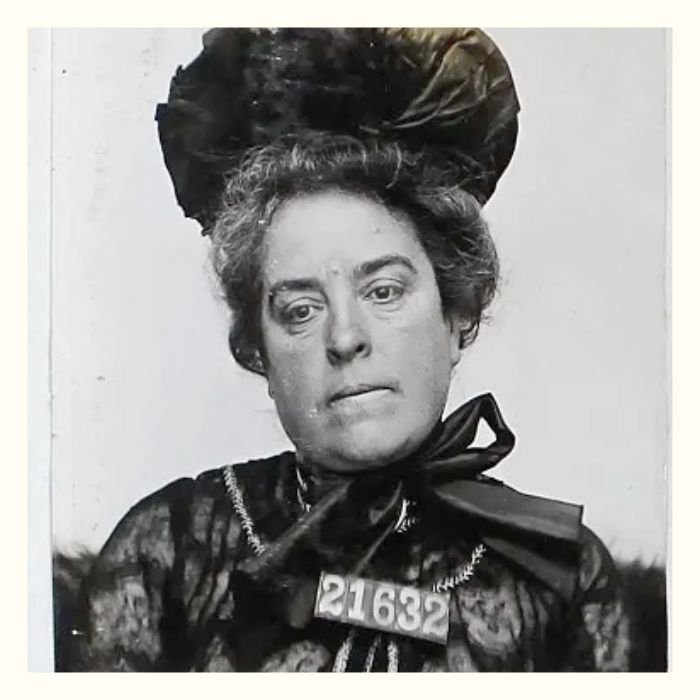In the late 19th century, the city of San Francisco teemed with opportunity, intrigue, and scandal. Among its most sordid tales is the case of Cordelia Botkin, a socialite turned murderess whose lethal candy sent shockwaves across the nation. This chilling saga of infidelity, jealousy, and calculated murder became one of the most infamous crimes in American history and set legal precedents for the prosecution of cross-state crimes.
The Scandalous Affair
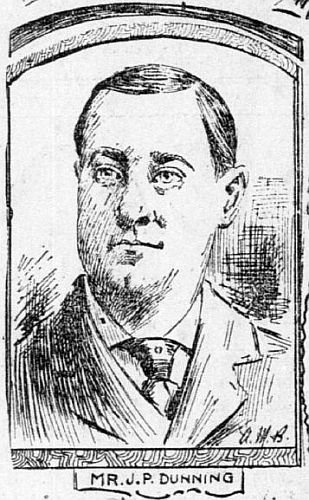
John P. Dunning, a celebrated war correspondent for the Associated Press, was a man of many talents—and many vices. Born into a reputable family in Delaware, Dunning’s charisma earned him both professional acclaim and personal notoriety. In 1891, he married Mary Elizabeth Pennington, the daughter of former Congressman John Pennington. The couple initially seemed happy, settling in San Francisco and welcoming a daughter the following year.
But Dunning’s darker side soon emerged. He gambled, drank excessively, and was unfaithful. His marriage began to unravel, and in 1895, he crossed paths with Cordelia Botkin during a stroll in Golden Gate Park. Botkin, then in her 40s, was estranged from her husband and had a grown son. She presented herself as worldly and independent, traits that captivated Dunning. Their affair quickly escalated, marked by clandestine meetings at cafes, racetracks, and even shared living arrangements.
By 1896, Mary Elizabeth, disillusioned with her husband’s behavior, returned to her family home in Dover, Delaware. Dunning and Botkin continued their relationship until 1898, when Dunning was assigned to cover the Spanish-American War in Puerto Rico. Before leaving, he informed Botkin that their relationship was over and expressed his intention to reconcile with his wife.
Grant Amato was a man living two lives. To his family, he was their troubled youngest son, once full of promise but now lost. But in the shadowy corners of the internet, he was someone else.
The Deadly Candy Box
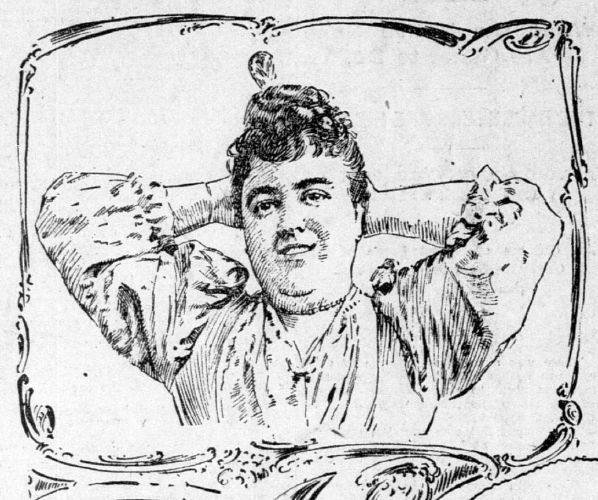
Botkin, humiliated and angry, was unwilling to let Dunning go. Fueled by jealousy, she hatched a plot to eliminate her romantic rival. On August 9, 1898, a package arrived at the Pennington residence in Dover. It contained a decorative candy box filled with chocolate creams, a handkerchief, and a note that read, “With love to yourself and baby.—Mrs. C.”
Unaware of any threat, Mary Elizabeth shared the candy with her sister, Ida Deane, and other family members. That evening, all who partook of the chocolates became violently ill. Tragically, Mary Elizabeth and Ida died within days. Subsequent tests revealed that the chocolates were laced with arsenic.
The Investigation Unfolds
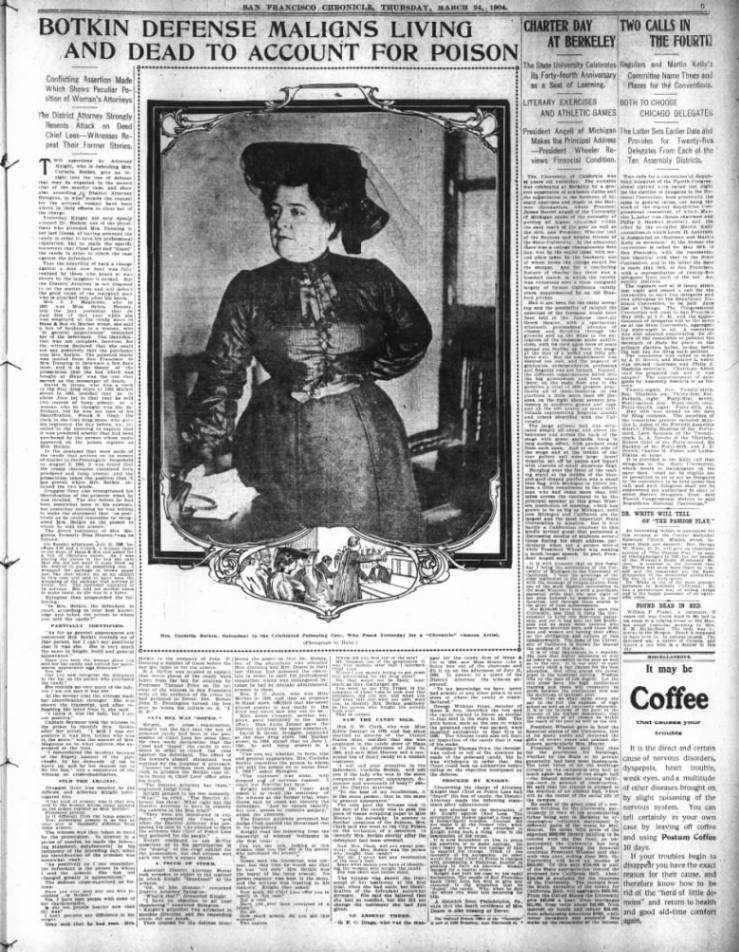
Detectives quickly unraveled the clues. Dunning, upon hearing of the tragedy, recognized the handwriting on the note as Botkin’s. Witnesses in San Francisco identified her as the purchaser of the chocolates and arsenic. One clerk even recalled her specific request for a decorative, unmarked box. The handkerchief included in the package bore a tag from a local department store, and the storekeeper remembered Botkin purchasing it.
Additionally, Botkin’s prior statements raised suspicions. She had inquired about the effects of poisons and whether a sender’s name was required for registered mail. Combined with her knowledge of Mary Elizabeth’s fondness for chocolate and the initial “C” on the note, investigators had little doubt about her guilt.
Trial and Legal Precedent
Cordelia Botkin’s trial began in December 1898. It was a media sensation, not just for its scandalous details but also for its groundbreaking nature. This was the first case in U.S. history to prosecute a murder committed across state lines via the postal service.
The prosecution presented damning evidence, including testimony from handwriting experts, store clerks, and a postal worker who remembered the package. Love letters written by Botkin to Dunning further revealed her obsession. Despite her defense team’s efforts to cast doubt on the circumstantial evidence, the jury found her guilty. She was sentenced to life imprisonment in early 1899.
However, legal complications followed. A California Supreme Court decision in an unrelated case prompted a retrial for Botkin in 1904. Once again, she was convicted and sentenced to life imprisonment.
A Life of Decline
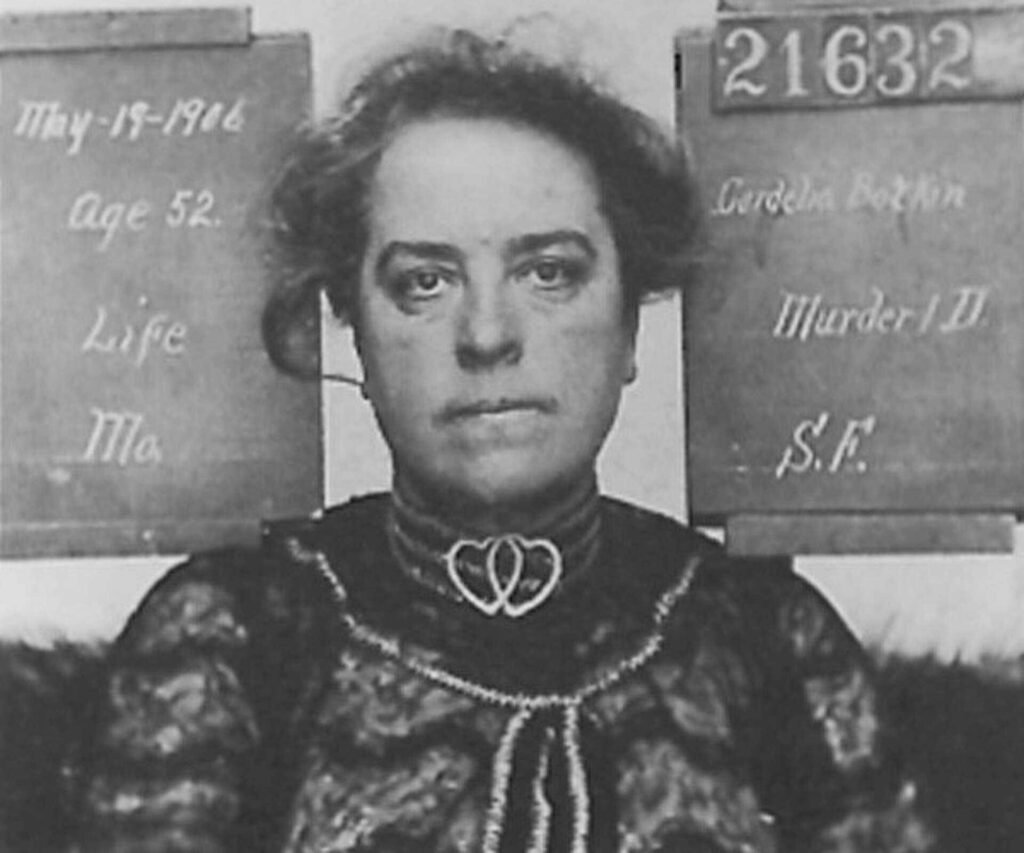
Botkin’s imprisonment was not without scandal. Reports emerged of her receiving preferential treatment, including unguarded outings and special privileges at the county jail. By the time she was transferred to San Quentin State Prison in 1906, following the devastating San Francisco earthquake, her health had deteriorated. Estranged from her family and abandoned by her former lover, Botkin spent her final years in isolation. She died in 1910 at age 56, officially of “softening of the brain due to melancholy.”
Legacy of a Lethal Confection
The Cordelia Botkin case was not only a sensational story of passion and betrayal but also a legal milestone. It highlighted the vulnerabilities of the postal system and set a precedent for addressing crimes that crossed state lines. Botkin’s use of seemingly innocuous chocolates as a murder weapon remains a dark reminder of how obsession can drive a person to unspeakable acts.
This case continues to fascinate historians and true-crime enthusiasts, offering a grim but compelling portrait of human fallibility and the lengths to which some will go for revenge. The “Chocolate Box Murders” remain etched in history as a testament to both justice served and the enduring allure of a crime so bizarre it reads like fiction.
Next up, don’t miss the most intriguing unexplained deaths in history and discover the mysteries and theories behind these baffling cases.

